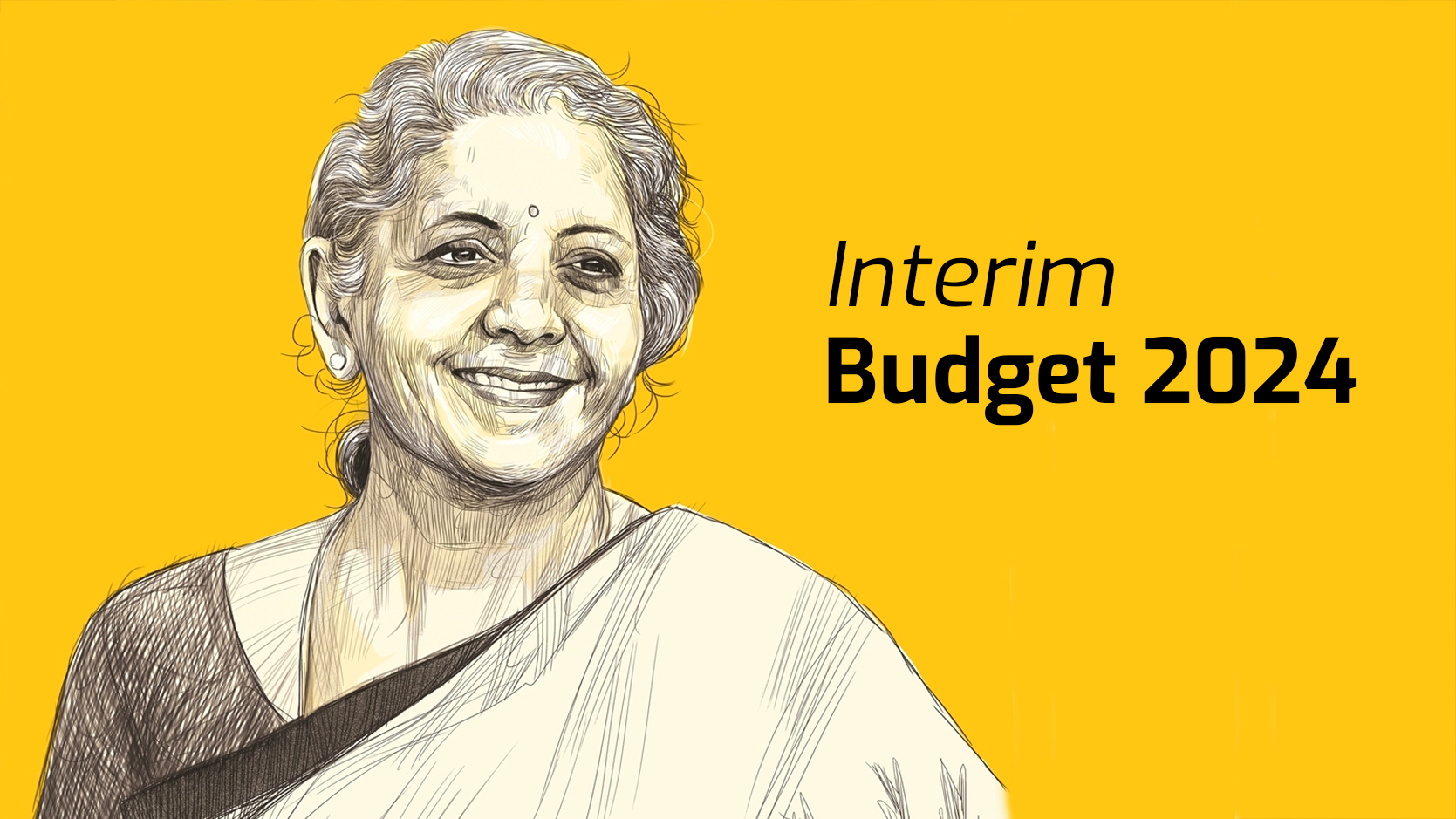PM Modi Says India Trusted Partner in Jamaica’s Development Journey
What in News?
India has been a “trusted partner” in Jamaica’s development journey, ready to share expertise in areas such as digital public infrastructure, biofuel, innovation, and health, says Indian PM.
India-Jamaica Relationship
The bilateral relationship between India and Jamaica is strong, deeply rooted in historical and cultural ties. The Indian diaspora, which arrived in Jamaica 180 years ago as indentured laborers, plays a significant role in people-to-people connections.
What is Indian Diaspora?
The population of Indian-origin people who live outside India, either as expatriates, citizens of other countries, or descendants of earlier emigrants.
Key Aspects of the Indian Diaspora
- Size and Global Presence: The Indian diaspora is one of the largest in the world, contributing significantly to the economies of their host countries.
- Migration Waves: Various waves of migration, including those during colonial times and economic opportunities in the post-independence era.
- Economic Impact: The diaspora contributes to global economies through remittances, investments, and entrepreneurship.
- Cultural Influence: Indian culture, festivals, and cuisine have enriched the cultural tapestry of countries where the diaspora resides.
- Political and Diplomatic Influence: The Indian diaspora plays a vital role in fostering diplomatic relations between India and host nations.
Key Areas of Cooperation in India-Jamaica
- Digital Public Infrastructure: Jamaica looks to India’s progress in digitization, seeking to strengthen its capabilities in the digital sphere.
- STEM Education: Jamaica’s interest in improving STEM education with India’s assistance was emphasized by PM Holness.
- Energy and Biofuel: Collaborative efforts in energy security and biofuel development are set to expand, benefiting both nations.
- Health: Health sector partnerships were underscored, with India poised to share innovations.
What is STEM Education?
STEM Education refers to the integrated teaching of Science, Technology, Engineering, and Mathematics, focusing on real-world applications and problem-solving. It promotes interdisciplinary learning, encourages critical thinking, and involves project-based activities.
Defence and Security:
Challenges like organized crime, drug trafficking, and terrorism will see both nations cooperating in defense training and capacity building for Jamaica’s armed forces.
Cultural and People-to-People Ties:
The road in front of the Jamaica High Commission in New Delhi has been named “Jamaica Marg” in honor of the strong ties between the two nations.
Way Forward
Engaging the Indian diaspora requires diplomacy, economic opportunities, political inclusion, cultural exchange, and tackling challenges to strengthen India’s global influence and economic growth.
Explained: The Significance of India’s Mission to Develop Supercomputers
What in News?
On September 26, 2024, the inauguration of three PARAM Rudra supercomputers marked a significant step in India’s National Supercomputing Mission (NSM). This initiative aims to enhance the country’s scientific capabilities through advanced computational resources.
Supercomputers
High-capacity computing systems designed for complex computations in various fields such as quantum mechanics, climate research, and big data analytics. These machines are essential for tasks that require extensive processing power, which regular computers cannot handle efficiently.
National Supercomputing Mission (NSM)
Launched in 2015 with a budget of ₹4,500 crore, NSM aims to develop a grid of 70 supercomputers across research institutions and universities in India. The initiative is jointly managed by the Department of Science and Technology (DST) and the Ministry of Electronics and Information Technology (MeitY).
Recent Developments
The newly inaugurated supercomputers (PARAM Rudra) are located in Pune, Delhi, and Kolkata, focusing on high-performance computing (HPC) for weather and climate research. Since the launch of NSM, over 20 supercomputers have been deployed nationwide, significantly boosting India’s computational capacity.
Applications of Supercomputers
- Climate modeling
- Weather forecasting
- Aerospace engineering
- Molecular dynamics
- National security
Supercomputers also support research in computational biology, energy, and medical research.
Historical Significance
India’s drive to develop indigenous supercomputing technology stems from past experiences of technology denial by Western nations, notably in the 1970s and 1990s.
Achievements
Between 2019 and 2023, NSM successfully commissioned a total capacity of 24.83 petaFLOPS in HPC machines. The mission has trained 1.75 lakh personnel in high-performance computing and facilitated over 73.25 lakh computational queries.
Way Forward
The National Supercomputing Mission signifies a pivotal advancement in India’s scientific research capabilities. By developing indigenous supercomputing technologies, India not only enhances its research capacity but also strengthens its position in the global scientific community.
Explained: The Significance of India’s Mission to Develop Supercomputers
What in News?
On September 26, 2024, the inauguration of three PARAM Rudra supercomputers marked a significant step in India’s National Supercomputing Mission (NSM). This initiative aims to enhance the country’s scientific capabilities through advanced computational resources.
Supercomputers
Supercomputers are high-capacity computing systems designed for complex computations in various fields such as quantum mechanics, climate research, and big data analytics. These machines are essential for tasks that require extensive processing power, which regular computers cannot handle efficiently.
National Supercomputing Mission (NSM)
Launched in 2015 with a budget of ₹4,500 crore, the NSM aims to develop a grid of 70 supercomputers across research institutions and universities in India. The initiative is jointly managed by the Department of Science and Technology (DST) and the Ministry of Electronics and Information Technology (MeitY).
Recent Developments
The newly inaugurated supercomputers (PARAM Rudra) are located in Pune, Delhi, and Kolkata, focusing on high-performance computing (HPC) for weather and climate research. Since the launch of NSM, over 20 supercomputers have been deployed nationwide, significantly boosting India’s computational capacity.
Applications of Supercomputers
- Climate modeling
- Weather forecasting
- Aerospace engineering
- Molecular dynamics
- National security
These supercomputers also support research in computational biology, energy, and medical research.
Historical Significance
India’s drive to develop indigenous supercomputing technology stems from past experiences of technology denial by Western nations, notably in the 1970s and 1990s.
Achievements
Between 2019 and 2023, the NSM successfully commissioned a total capacity of 24.83 petaFLOPS in HPC machines. The mission has trained 1.75 lakh personnel in high-performance computing and facilitated over 73.25 lakh computational queries.
Way Forward
The National Supercomputing Mission signifies a pivotal advancement in India’s scientific research capabilities. By developing indigenous supercomputing technologies, India not only enhances its research capacity but also strengthens its position in the global scientific community.
Centre Reconstitutes Monetary Policy Committee Ahead of RBI Rate Review
What in News?
The central government has reconstituted the Monetary Policy Committee (MPC) ahead of the upcoming RBI monetary policy review. The committee now includes three new external members who will serve for four years.
Monetary Policy Committee (MPC)
The MPC is responsible for fixing the benchmark interest rate, also known as the repo rate, which influences other interest rates in the economy. The primary goal of the MPC is to maintain price stability while supporting economic growth.
What is Repo Rate?
The repo rate is the rate at which the Reserve Bank of India (RBI) lends money to commercial banks when there is a shortfall of funds. It is used as a tool to control inflation.
Key Responsibilities of the MPC
- Inflation Targeting: Under the flexible inflation targeting regime, the RBI aims to maintain the Consumer Price Index (CPI) within a 2-6% range.
- Price Stability: The primary goal is to ensure price stability, which is a prerequisite for sustainable economic growth.
- Policy Formulation: The MPC assesses the current and evolving macroeconomic situation to determine the appropriate repo rate and liquidity conditions.
Recent Developments
The reconstitution of the MPC will influence future monetary policy decisions, especially as inflation concerns remain high. In the August 2024 monetary policy meeting, the MPC, with a 4:2 majority, kept the repo rate unchanged at 6.5%, citing inflation risks, particularly from high food prices.
What is Inflation Targeting?
Inflation targeting is a monetary policy strategy used by central banks to control inflation by setting a specific target for inflation levels. The RBI aims to keep CPI inflation within the 2-6% range, with a long-term target of 4%.
Way Forward
The reconstitution of the MPC ahead of the October 7-9 monetary policy review is significant as it may shape the future course of India’s monetary policy. Inflation control and economic growth remain central to the MPC’s objectives, with the repo rate expected to stay at 6.5%.
Array




